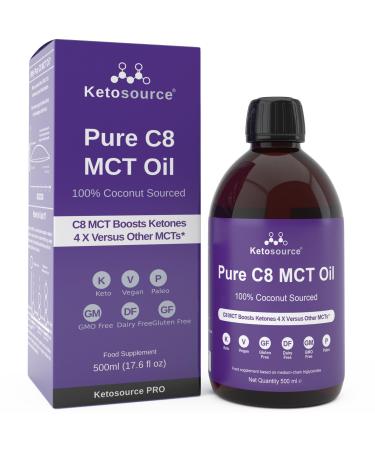Colombian coffees are classified according to their growing region and bean size. Size-related adjectives such as excelso, supremo, and extra, which are commercial classifications specific to Colombia, complement the region.For example,eexcelso is used for smaller beans, while supremo is used for larger beans.iyor. As Kahve.com, we can say that the supremo sieve size of this coffee, which we brought from Medellin, Colombia, corresponds to 17 18 sieve (Scr.) and above.
The city of Medellin is the capital of the mountainous Antioquia Region in northwestern Colombia. It is Colombia's second-largest settlement. Coffee production is among its main sources of income. Because coffee is a shade-loving plant, shaded areas of hillsides are preferred for planting. Gzonecreates an environment below the region's nominal temperature, allowing coffee trees to grow more slowly and to reveal their sweet notes.
Detailed Information:
Castillo, Colombia, Tabi, and Caturra are arguably the most commonly grown coffee varieties in the region.Colombia is the largest coffee exporter after Brazil and Vietnam. In fact, if we compare arabica exports alone, it's the second-largest producer of arabica coffee. For this reason, research on coffee has been supported by the government for many years. BDue to the region's climate and altitude,rust, the greatest enemy of coffee trees in this region, posed a serious threat. With the efforts of large farms and government support,efforts to create hybrid varieties resistant to rust gained momentum after the 1960s..
These studies have allowed the creation of many new coffee varieties unique to Colombia. Castillo, Colombia, Caturra, and the Tabi varieties, which are hybrids of the Catura, Typica, and Bourbon varieties, are resistant to rust. In blind taste tests, these varieties were evaluated on par with the Caturra Typica and Bourbon varieties. Created without compromising flavor,in terms of production,productive and durable, these varieties are native to the Colombian region. Kahve.com meticulously roasts Medellin coffee, aiming to give you easy access to the flavors you're expected to experience.
Coffee trees in the north of the countryThey grow at altitudes of 1200-1500 meters, in high temperatures. This results in high body in the bean,chocolate andhazelnut notes, and earthy flavors.
How to Drink Brew Method:
Medellin coffee provides a very nice crema with espresso. In addition to espresso, it also offers a distinct chocolate flavor with other pressurized brews such as Moka Pot, Brikka, and AeroPress. However, the acidity increases slightly.
If you're brewing filter coffee or drip coffee, grind it coarser than normal.for a smoother flavor. It's a perfect match for coffee drinks containing milk. As the coffee cools in your cup, the hazelnut flavor becomes more pronounced.and the full-bodied finish begins to spread in the mouth.
Who Should Prefer It?
Çchocolate and hazelnut flavorsand a distinctfinishiif you likewhen you grind it or open the package-cocoa,If you want the aroma of coffee to spread, this is the perfect coffee for you..
Who Is It Not Suitable For?
If you're looking for floral, fruity flavors in your coffee,,after sip,coffee,leave a pleasant aftertaste,if you're looking for a spicy, tangy, or spicy flavor,this coffee may not be for you.













